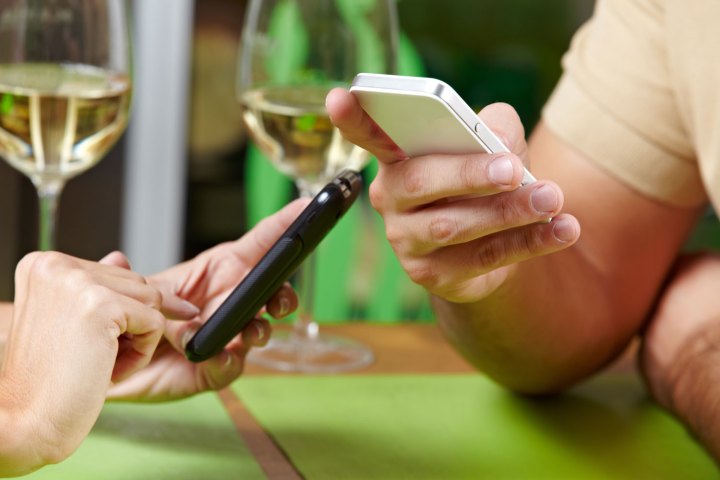
A new study by a British pharmaceutical company has found that Tinder users are twice as likely to have a sexually transmitted infection (STI) as those who don’t use the app. The most common STI among users of the app was shown to be genital warts, followed by herpes, and chlamydia.
A team of researchers from MedExpress.co.uk polled almost 3,000 sexually active adults, and around half the participants were Tinder users.
Two thirds (68 per cent) of the individuals polled claimed they often had one-night stands (more than once per month). Of those participants, 79 percent stated they were Tinder users, with the remaining 21 percent claiming they had not used the app to meet people.
The researchers then asked the adults to reveal if they had an STI and if so, to list the ones they had contracted. Just over three-quarters of the Tinder users (76 percent) disclosed that they had an STI, whereas 38 percent of non-users acknowledged that they had one.
Aside from genital warts and herpes, 11% of Tinder users also claimed that they had contracted gonorrhoea, and Trichomaniasis (7%). Non-users of the dating app commonly had chlamydia (21%), herpes (17%), and pubic lice, aka crabs (15%).
“What is … shocking … is the huge difference between the rate of STIs caught by those who use Tinder [compared] to those who do not,” Michael Ross, spokesperson for MedExpress.co.uk, told Metro UK.
“It was also very intriguing to see a difference in the kind of STI’s contracted by those who use Tinder, and those caught by other single Britons, and one can only assume this is due to a high number of people using Tinder as their form of meeting partners, and effectively sparing those without the app the chance to contract such infections.”
Earlier this year, an ad campaign from the AIDS Foundation in Los Angeles pinned the rise of STIs on dating apps such as Grindr and Tinder. The negative publicity forced the latter to add a health and safety section to its website, which included a link to Healthvana’s free HIV and STI testing clinics locator. Swipe right on that.
